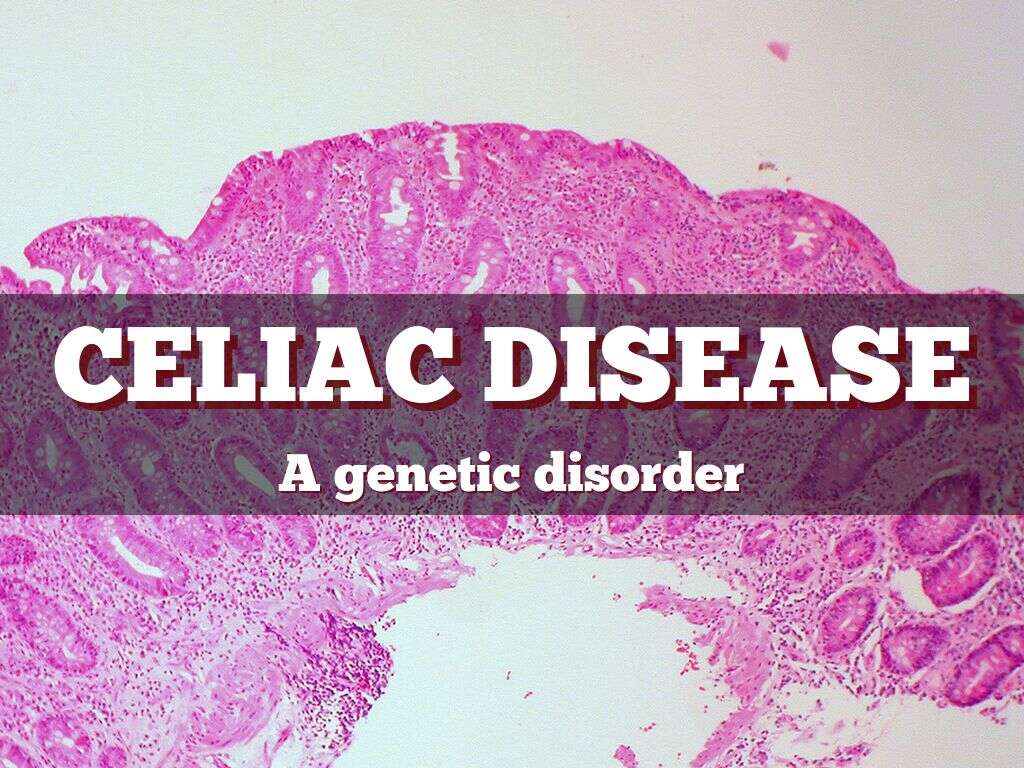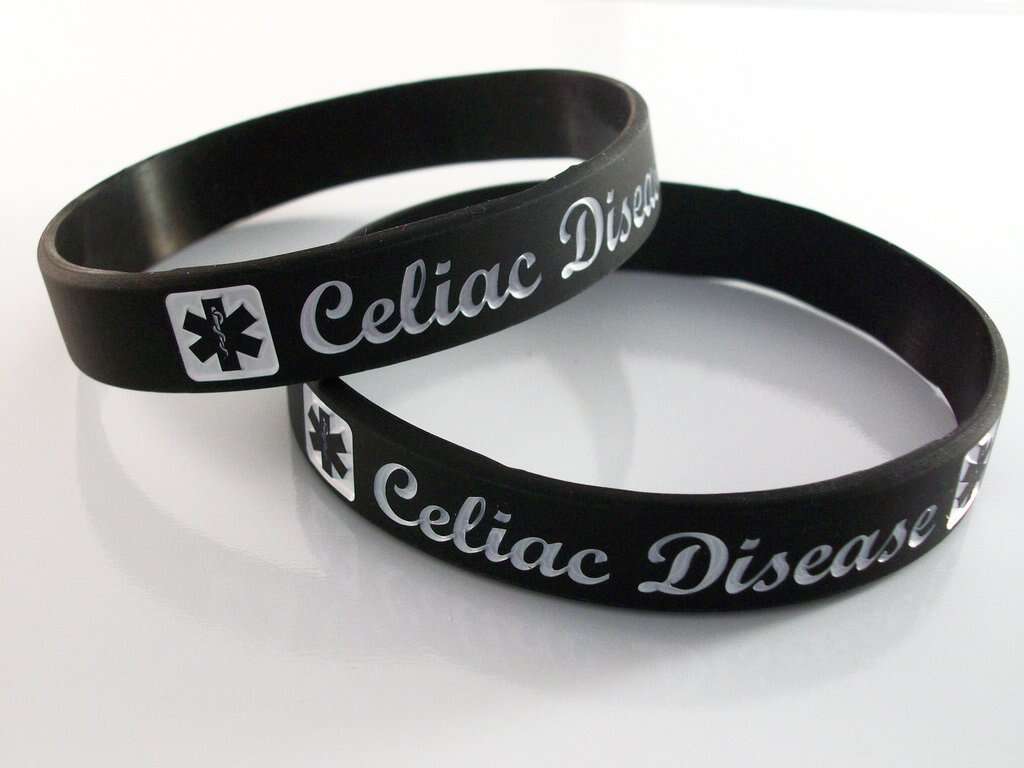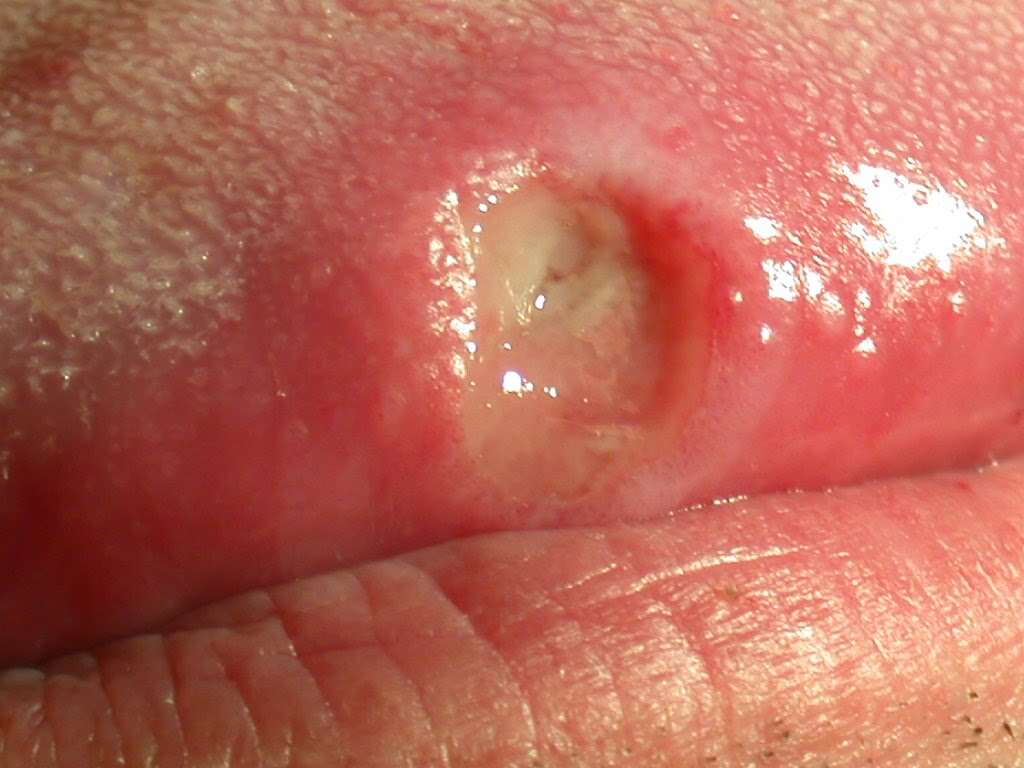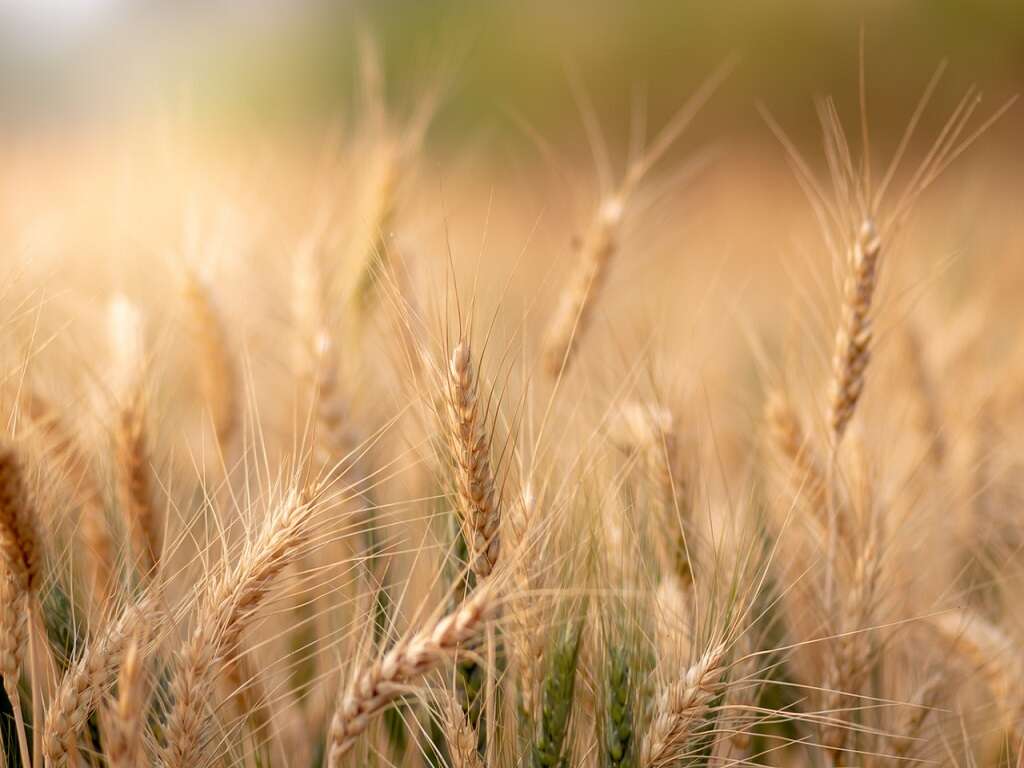10 Symptoms of Celiac Disease
Celiac disease or Sprue is an autoimmune disease that mainly affects the small intestines. Celiac disease occurs when there is a negative reaction to gluten (proteins which are found in wheat and other grains such as rye and barley). Oats (in moderate quantity) are usually well tolerated. Celiac disease usually occurs among individuals who are genetically predisposed to it. Once there is an exposure to gluten, the immune system responds abnormally by producing several types of autoantibodies that can affect many different organs. In the small intestines, it leads to an inflammatory reaction and possibly villous atrophy (the shortening of the villi lining in the small intestines). Villous atrophy can cause issues such as malabsorption of nutrients which then lead to problems such as anemia. The diagnosis of celiac disease can be achieved through blood antibody tests, intestinal biopsies, and genetic testing.
There are some patients who only have minor intestinal changes while some may experience severe symptoms before a diagnosis is achieved. However, increased screening has resulted in many diagnoses made among individuals without symptoms. The condition is managed through a strict lifelong gluten free diet. This helps the intestinal mucosa to recover, improves symptoms, and lowers the risk of complications in most patients. If left untreated, the condition may lead to cancers such as intestinal lymphoma and a slight increase in risk of early death. The prevalence of celiac disease differs in varying regions of the world. In developed countries, approximately 80% of cases are undiagnosed due to minimal symptoms or poor awareness. It is more commonly seen among women.

Symptom #1: Steatorrhea
Steatorrhea is a term that describes the presence of an excessive amount of fat in the feces causing stools to be bulky and hard to flush (floats). It also looks pale and appears to be oily. These stools also smell foul. In patients with steatorrhea, some may experience oily anal leakage or fecal incontinence. The increased fat excretion can be measured by determining the level of fecal fat.
Steatorrhea can be caused by many conditions such as exocrine pancreatic insufficiency, poor digestion due to lack of lipases, loss of bile salts, conditions with intestinal malabsorption (such as celiac disease), and more.

Symptom #2: Diarrhea
In celiac disease, diarrhea that affects patients are often characteristic of stools that are pale, large volume, and bad smelling. There is also associated abdominal pain and cramping, abdominal distension, and bloating. As the bowel increasingly becomes more damaged, the patient may also experience lactose intolerance.
Many patients are often misdiagnosed as having irritable bowel syndrome only to be diagnosed with celiac disease much later. Screening of celiac disease is recommended for those who experience irritable bowel syndrome symptoms.

Symptom #3: Mouth Ulcers
Celiac disease not only affects the intestines but also other soft tissues of the body (such as the oral cavity or mouth). While the mechanism on how celiac disease causes mouth sores is unclear, it has been suggested that it may occur due to a deficiency in vitamins and minerals as there is an inability to absorb them through the gastrointestinal tract.
The ulcers or sores associated with celiac disease appear to be similar to aphthous ulcers or “canker sores”. Celiac mouth ulcers can be managed through strict avoidance of foods that contain gluten as these sores eventually heal and diminish once the body is no longer processing gluten.

Symptom #4: Weight Loss
Weight loss is defined as the reduction of body mass which occurs due to loss of fluid, fat, bone mineral deposits, muscle, or any other connective tissue. In children, there may be failure to thrive which means faltering of weight. The term failure to thrive is used to indicate insufficient weight gain and can be evaluated through comparing the weight of the child compared to the normal average.
Besides the weight loss, affected children also often stop growing in stature. Weight loss or failure to thrive are non-specific symptoms that can occur in many other conditions besides celiac disease.

Symptom #5: Anemia
Anemia refers to a lower amount of red blood cells or hemoglobin. In celiac disease, damage to the intestines can cause difficulties in the absorption of iron, folate, and vitamin B12. In patients with celiac disease, those with iron deficiency anemia do not respond to iron therapy. Folate and iron deficiency anemias are commonly seen among celiac disease patients.
These nutrients are normally absorbed in the first two parts of the intestines where damage occurs in early stages of celiac disease. As the condition progresses, the lower part of the intestines is damaged leading to vitamin B12 deficiency anemia.

Symptom #6: Osteopenia and Osteoporosis
Osteopenia occurs when the bone mineral density is lower compared to normal. It is a precursor to osteoporosis. Once osteopenia becomes more advanced, it turns into osteoporosis, which is a condition where the bones are less dense and have a tendency to fracture. Both osteopenia and osteoporosis are complications of untreated celiac disease.
This occurs because the small intestine, which is responsible for absorbing nutrients such as calcium, is no longer working efficiently. Since calcium is vital in building and maintaining bones, patients with celiac disease often have bones that are less dense as they are deficient in calcium.

Symptom #7: Abnormal Bleeding
Approximately 20% of adults who have untreated celiac disease have issues with absorption of nutrients such as vitamin K. Vitamin K deficiency can lead to clotting disorders as there is prolonged prothrombin time which has been associated with lower levels of iron, hemoglobin, cholesterol, proteins, and serum aspartate transaminase.
Hemorrhage is a rare presentation but some of the recorded presentations of abnormal bleeding in celiac disease patients are ecchymosis (bruising), and bleeding gums.

Symptom #8: Neurological Symptoms
Celiac disease can also affect the nervous system. The commonest way celiac disease affects patients neurologically is small fiber neuropathy. These patients usually present with tingling, burning sensation, numbness, stinging, and electric-shock sensations in the limbs, torso, or face. It can also lead to dizziness and fainting upon standing up, abnormal sweating, sexual dysfunction, bladder symptoms, skin changes, and hair loss.
The lack of familiarity of professionals with small fiber neuropathy can lead to wrong diagnoses and mismanagement of the condition. Less common symptoms include ataxia, seizures, or neuropsychiatric conditions.

Symptom #9: Infertility
Researchers have recently realized that there may be an association between undiagnosed celiac disease and unexplained infertility in both men and women. Infertility is defined as the inability to conceive after one year of attempting pregnancy (with unprotected sex).
In women, issues often occur during ovulation while in men, it may be due to insufficient sperm or the production of abnormal sperm. While it is yet to be clear why celiac disease is associated with infertility, experts believe it may be due to malnutrition as the intestines can no longer absorb nutrients effectively.

Symptom #10: Menstrual Issues
Women with celiac disease often have issues with their menstruation. A study has observed that approximately 20% of women with celiac disease experience amenorrhea or missed menstruations while this is only seen in 2.2% of the normal population. Researchers have also found that about 50% of women with celiac disease suffer from dysmenorrhea (severe menstrual cramps).
There have been many reports of women experiencing an improvement in their menstrual cramps once they start a gluten-free diet. It is still unclear how celiac disease worsens menstrual cramps, but it has been theorized that it may be due to chronic inflammation.












